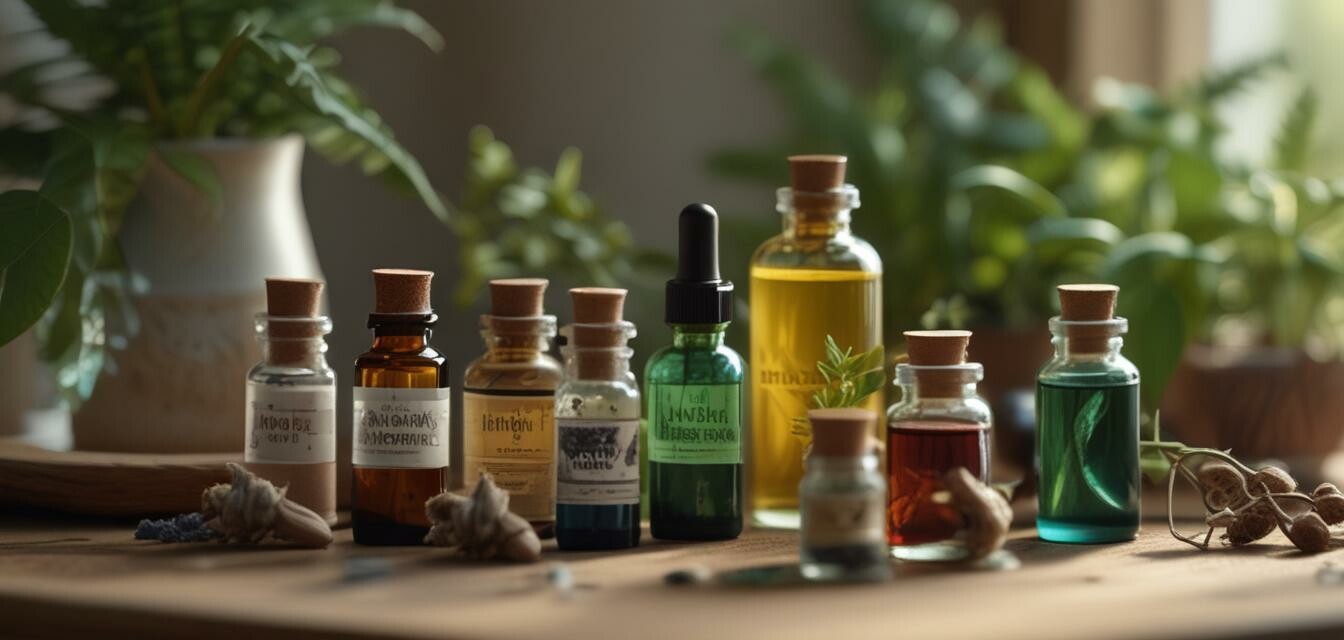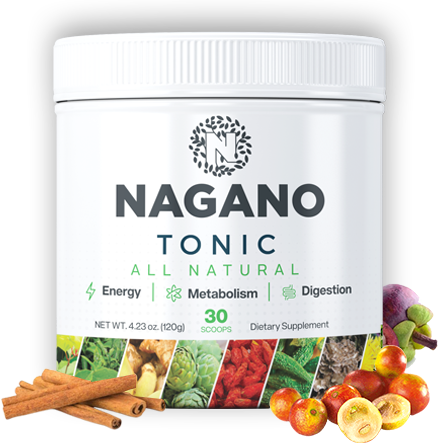
The Art of Pairing Herbal Remedies with Aromatherapy
Combining herbal remedies with aromatherapy can enhance your wellness journey by creating a harmonious balance between mind and body. In this article, we’ll provide practical tips on how to effectively pair these two powerful therapeutic modalities for maximum benefits. By understanding the characteristics of different herbs and essential oils, you can create tailored blends that address specific wellness needs.
- Pairing herbs with essential oils can enhance overall wellness benefits.
- Different combinations cater to various physical and emotional issues.
- Learning how to use these tools can help create a holistic recovery routine.
Understanding herbal remedies and aromatherapy
Herbal remedies have been used for centuries to promote health and wellness, utilizing plants to provide support for various ailments. Similarly, aromatherapy utilizes essential oils extracted from plants to improve emotional and psychological well-being. When combined, these natural therapies can complement each other, creating a powerful avenue for healing.
The benefits of pairing herbal remedies with aromatherapy
Here are some reasons why you should consider incorporating these two modalities in your wellness routine:
- Synergistic Effects: The right combination of herbs and essential oils can amplify their health benefits.
- Customized Solutions: You can tailor blends to meet your unique needs, whether it’s stress relief or digestive support.
- Natural and Holistic: Both approaches embrace holistic healing without synthetic elements.
Popular herbal remedies and essential oils
| Herbal Remedy | Commonly Paired Essential Oils |
|---|---|
| Chamomile | Lavender, Bergamot |
| Peppermint | Eucalyptus, Tea Tree |
| Ginger | Lemon, Frankincense |
| Rosemary | Thyme, Cedarwood |
| Lavender | Clary Sage, Ylang-Ylang |
How to pair herbal remedies with aromatherapy
Successfully pairing herbal remedies with aromatherapy requires knowledge and experimentation. Here are some steps to help you get started:
- Identify Your Needs: Determine what wellness issues you want to address. Do you need relaxation, energy, or digestive support?
- Select Herbs: Based on your needs, choose appropriate herbal remedies. Research their properties and effects.
- Choose Essential Oils: Look for essential oils that complement the chosen herbs for a harmonious blend.
- Test Combinations: Experiment with different ratios and methods of application to see what works for you.
- Observe Effects: Take note of how you feel after using your combinations, making adjustments as necessary.
Specific combinations for various issues
Using the knowledge from the previous sections, let’s explore popular combinations of herbal remedies and essential oils to address specific wellness goals:
For relaxation and stress relief
- Herb: Chamomile
- Essential Oil: Lavender
- This combination can create a calming atmosphere perfect for unwinding after a long day.
For digestive support
- Herb: Ginger
- Essential Oil: Peppermint
- This blend can stimulate digestion and offer calming effects on the stomach.
For mental clarity
- Herb: Rosemary
- Essential Oil: Lemon
- This combination aids focus and can invigorate your mind.
Safety precautions
While herbal remedies and aromatherapy can enhance your wellness, it’s crucial to use them safely. Here are some guidelines:
- Always conduct a patch test before applying essential oils to your skin.
- Consult with a healthcare professional if you have underlying health conditions or are pregnant.
- Be aware of possible interactions between herbs and medications.
Pros
- Natural approach to wellness.
- Customizable for individual needs.
- Potential for enhanced therapeutic effects.
Cons
- Requires knowledge and research.
- Effectiveness can vary by individual.
- Possible interactions with medications.
Conclusion
Pairing herbal remedies with aromatherapy offers a unique path toward enhancing your wellness routine. By understanding the properties of various herbs and essential oils, you can create tailored combinations for your specific needs. Remember to prioritize safety and consult professionals when necessary. Exploring these natural approaches can lead to a more fulfilling and balanced life.
For more tips on using wellness tools in your daily routine, check out our articles on Wellness Tips and discover practical advice on enhancing your well-being.
